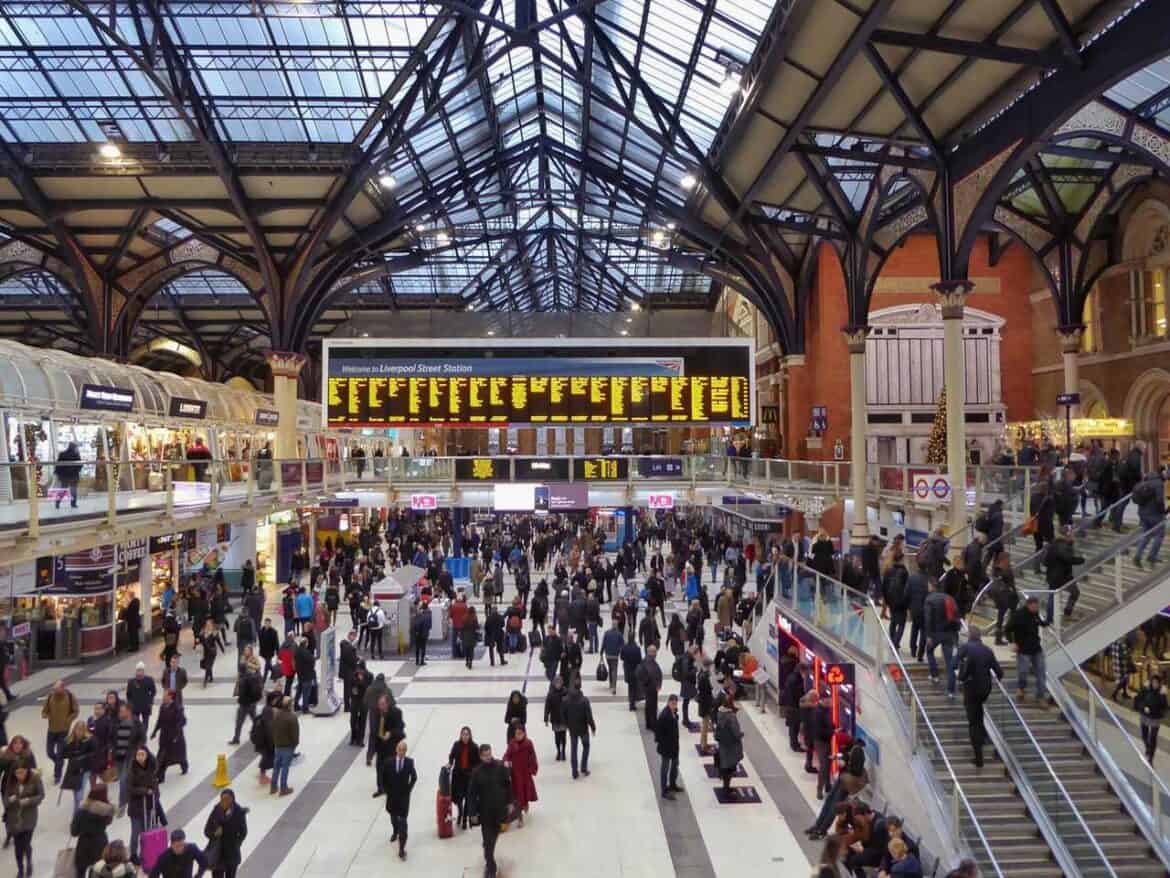Every British traveller must be fingerprinted and provide a facial biometric.
Travelling through the EU has become much more cumbersome for Brits since the UK left the EU. No longer can you wave your EU passport and breeze through. There are rules around what makes a passport valid for travel and the number of days you can visit an EU member state without a visa have been severely restricted.
The question of how to police the latter has led to the creation of the Entry/Exit System (EES), an automated IT system to track border crossings which will work alongside the visa waiver programme ETIAS when it is ready.
Currently, Brits entering and leaving the EU must show their passport for a manual check. and stamping. The new system is likely to be in operation by October 2024 after which time every traveller must be fingerprinted and provide a facial biometric but passports will not longer be stamped.
What is the Entry/Exit System (EES)?
Since Brexit, Britain has become a third country, joining the ranks of non-EU countries whose movement is restricted when entering or leaving the EU. The EES is an automated IT system that will track travellers from third countries to ensure they don’t overstay their welcome.
UK passport holders can stay in EU countries for a maximum of 90 days within a 180-day period without a visa or other permit. The EES will tally up this number each time a passport is used at the border crossing and detect those who have exceeded their allowance. The wayward traveller will be refused entry.
The system distinguishes between short-stay visa holders and visa-exempt visitors through their travel document and collate information such as name, type of travel document, biometric data (fingerprint and photographs) and the date and place of entry and exit.
Where is EES required?
EES will be in place for 25 of the 27 EU member states — Ireland and Cyprus will continue with manual checks — as well as Norway, Iceland, Switzerland and Lichtenstein, as they’re part of the border-free Schengen Area. Where EES is in place, you’ll need to scan your passport at the automated gates, as you would when entering the UK.
Within the UK, EES gates will also be installed at the Port of Dover, and Eurostar and Eurotunnel terminals where passports are checked before travel.
What will be different at entry and exit points?
First-time travellers through the EES system must supply their fingerprint and have their photo taken at the crossing. Initially, this will cause delays, however, the information will remain on file for three years and will not be required each time.
The passport will not be stamped and so thereafter passage should be quicker. The hope is that in time the EES should become easier and quicker to manage than the current system.
Credit: Source link

